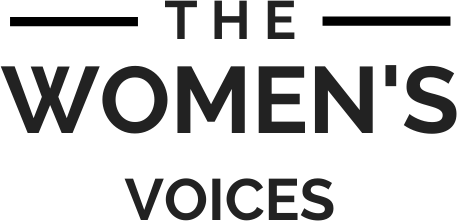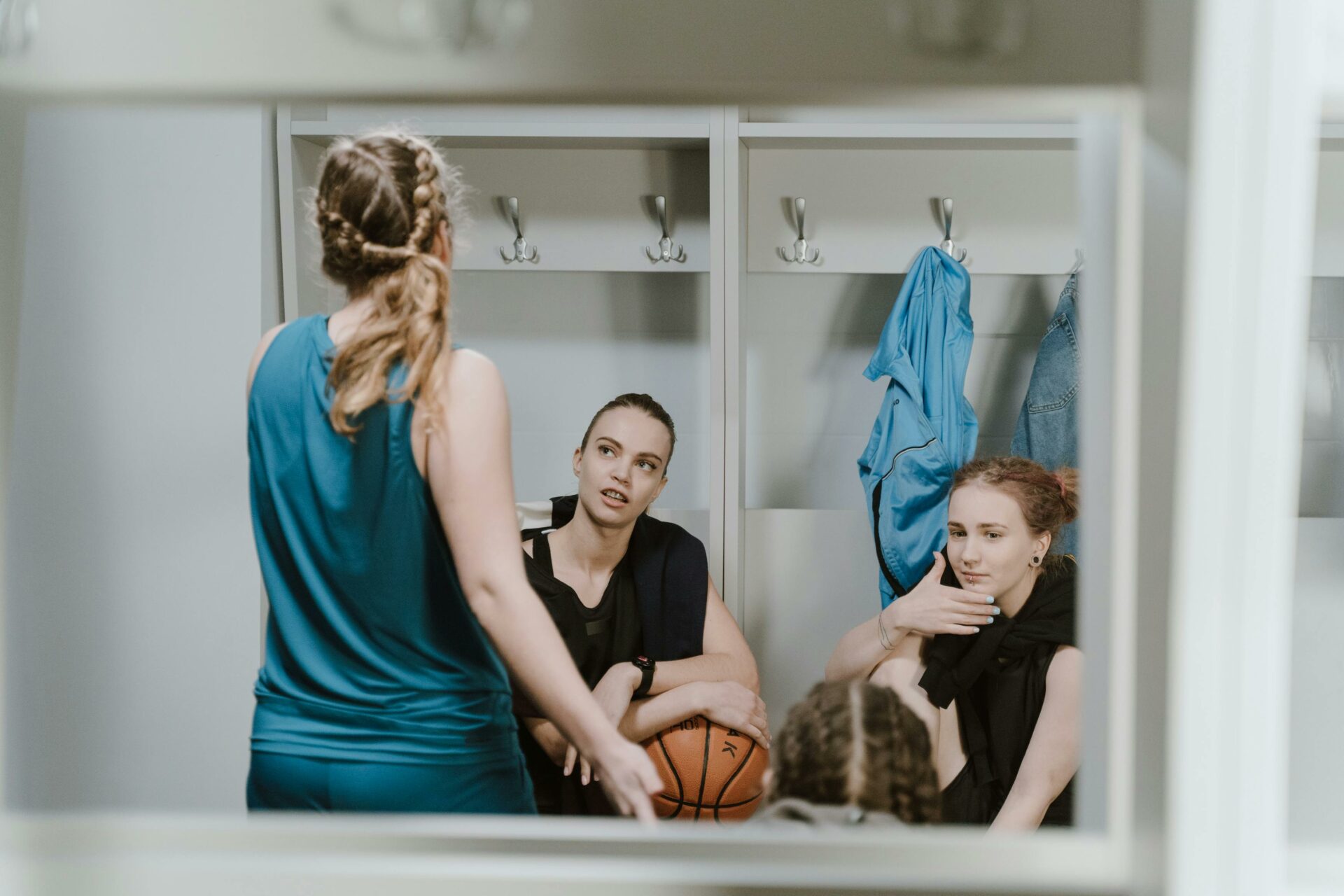The disparity between female and male representation on sports competition fields is evident. Female athletes are not the only ones underrepresented in the sports industry. A report conducted by the European Union and the Council of Europe, as part of the joint project “All Together: Promoting Greater Gender Equality in Sport,” highlights the gender gap within sports federations.
Only 12% of sports federation Presidents are women
The “All Together: Promoting Greater Gender Equality in Sport” project is a joint initiative by the European Union and the Council of Europe. Its aim is to implement “financial resources, political measures, and coordinated efforts in the sports sector” to promote gender parity. While 59% of sports organizations are taking steps to increase female representation, these efforts remain insufficient to significantly improve the visibility of women in sports. The latest report is clear: women hold leadership positions in only 12% of sports federations.
Gender disparity and male dominance are global realities in the sports sector. This imbalance is also reflected among certified coaches—only 23% are women. The extent of this disparity varies by country. In Malta, Sweden, and Switzerland, female coaches are more prevalent, making up 40%, 34%, and 39% of sports instructors, respectively. The study, which examined 21 countries, also revealed that some federations do not employ a single woman. Additionally, there is a significant gender gap in professional refereeing: women account for just 32% of referees, with particularly low representation in Austria, where they make up only 8%.
“Equality in sport is a fundamental right”
Based on data collected from 21 countries, the conclusion is clear: gender parity in European sports remains far from being achieved. In response to these findings, the European Union and the Council of Europe are calling for immediate action. Luxembourg’s Minister of Sport, Georges Mischo, emphasized, “Gender equality in sport is not just a goal—it is a fundamental right we must pursue relentlessly.” Following this report, the European Commission is urging all sports organizations to implement policies that ensure equal opportunities for women and men in the sports industry. While significant work remains, there are signs of gradual progress.
Overall, women and girls remain a minority within sports federations, representing only 31% of members on average. However, Finland stands out with a perfect gender balance—women make up 50% of sports federation members. Another positive development is the increasing focus on preventing gender-based violence. In 2019, only 25% of sports organizations had written policies addressing this issue; by 2023, that figure had risen to 39%.


